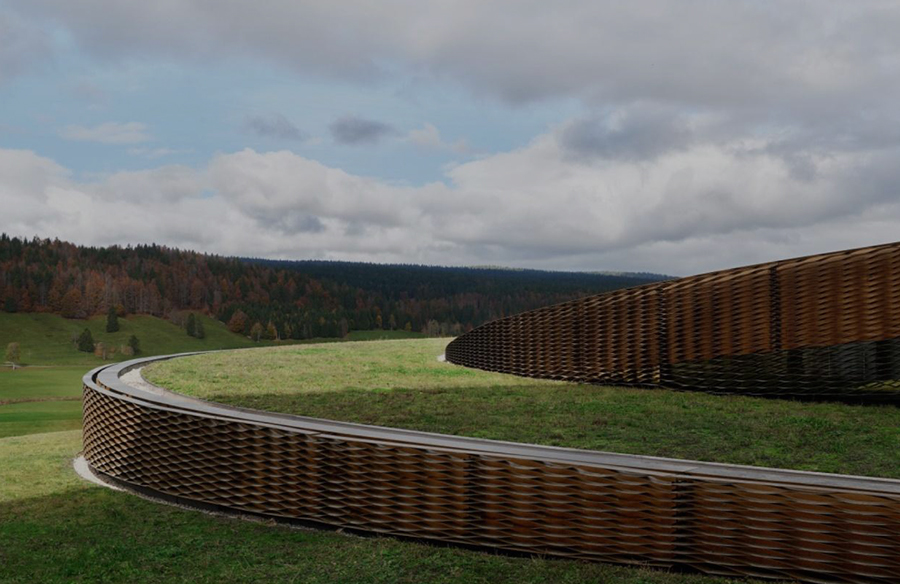The UK visit offers architects a complex and layered landscape composed of architectural and urban features which have established benchmarks for professionals engaged in shaping the built environment across the world. This article focuses on the city of London, as a capital, its many landmarks, monuments, green and public spaces that define the city and contribute to its unique character that has resulted from an amalgamation of architectural styles and typologies over decades. With this list, the author aims to highlight certain aspects that are of specific interest to architects, urban designers and planners from the perspective of a student, a traveller, a tourist, and an artist in order to redefine the known and create new experiences for the uninitiated. Here is the list of some highlights of the UK visit:
1. The Barbican Estate | UK visit
The Barbican Estate comprising the residential blocks and the Barbican Arts Centre is a brutalist marvel at the heart of London. Built between 1965 and 1976 by architects Chamberlin, Power and Bon, it serves as an example of post-war housing that deviated from the traditional notion of ‘council housing’ and was instead built to accommodate middle and middle-class professionals in an area that had previously been affected by the air raids and bombings. It includes 2000 apartments, maisonettes and houses within the City of London,
which at present functions as the financial district of the city. This concrete mammoth distinguished pedestrian and vehicular traffic by employing the use of ‘highwalks’ or walkways located 1-3 stories above the surrounding ground level and relegating car and parking spaces to the lower levels. It redefines the use of the ground and complements its substantial base with the tallest residential tower blocks in the city rising to 42 storeys and terrace blocks grouped around a lake and green squares, a manifestation of the podium typology used to accommodate variety in functions and strength in numbers.
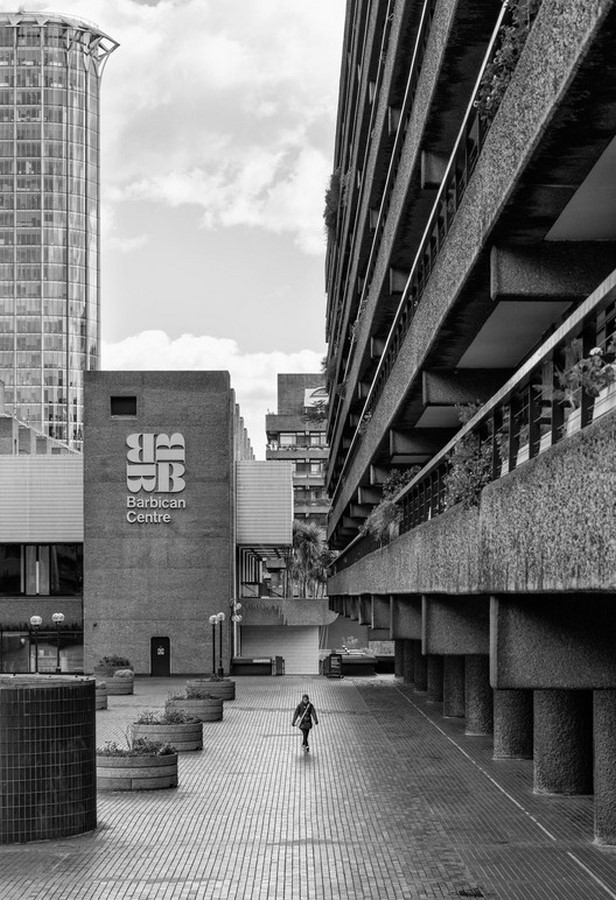

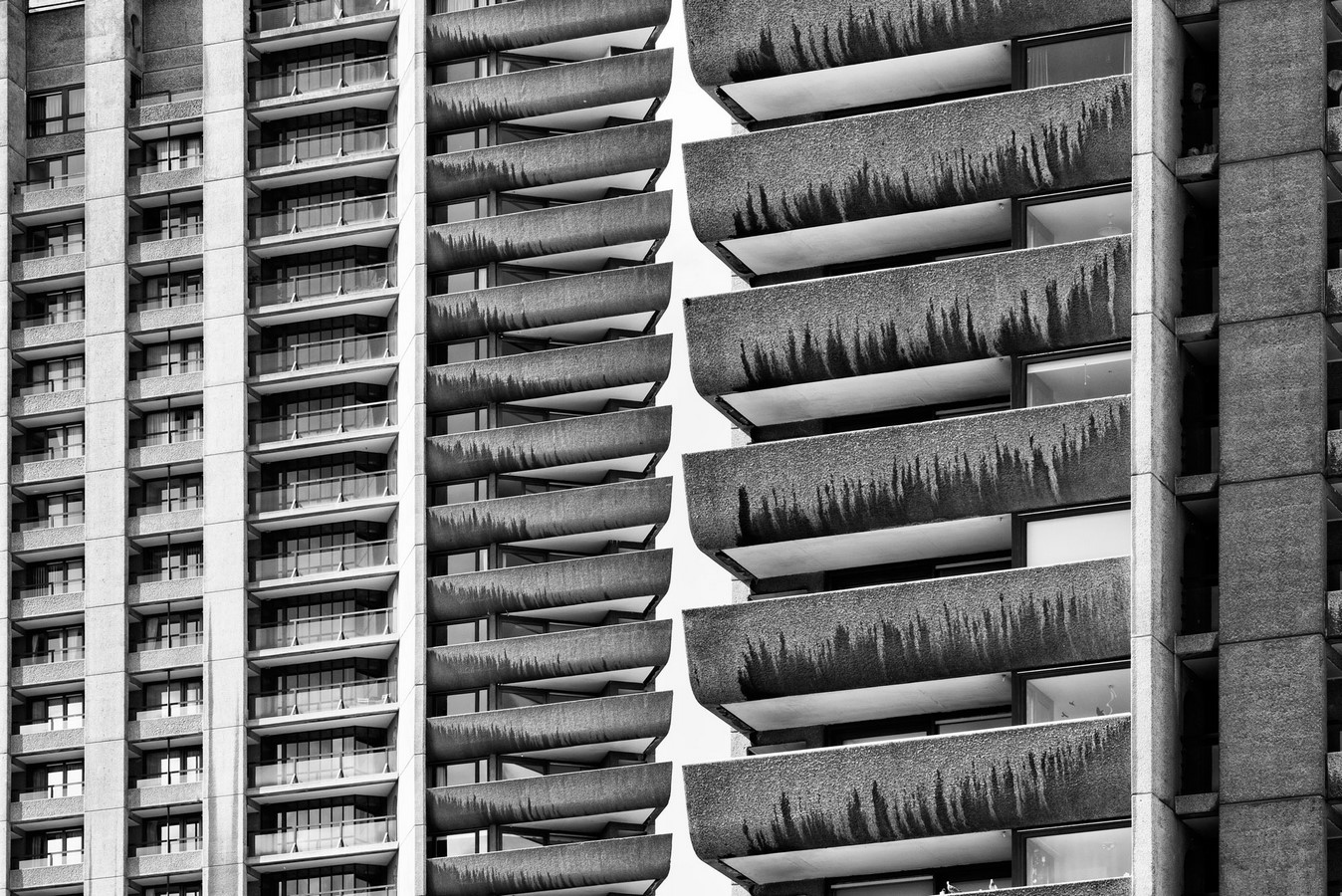
2. St. Martin in the Fields
The Anglican Church located at the north-eastern corner of Trafalgar Square is an important landmark in the architectural and cultural heritage of London. Dedicated to Saint Martin of the Tours, it was rebuilt by James Gibbs in 1722-1726 in the neoclassical style when the older structure deteriorated. With its towering spire rising to 192 ft above the church level, glass windows and rustic crypt, it is a historic marvel that has adapted well with the times. The church regularly hosts concerts bringing together music lovers from every corner of London and beyond. The cafeteria in the crypt serves tourists and audiences with the interiors and recesses exhibiting curated treasures, antiquities, epitaphs and engravings.
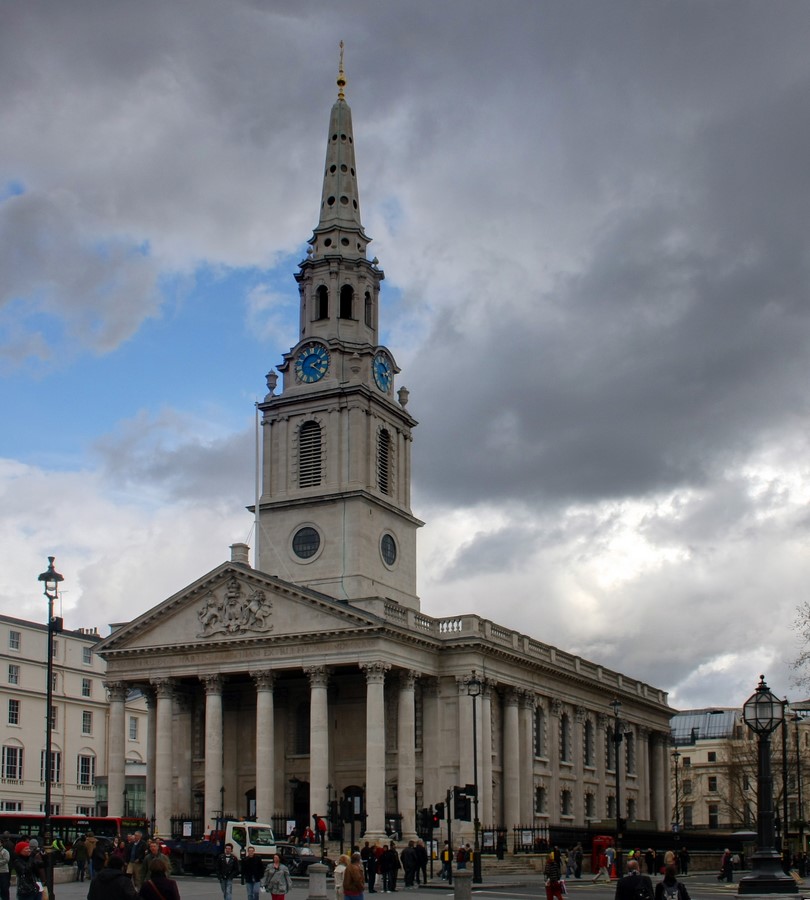
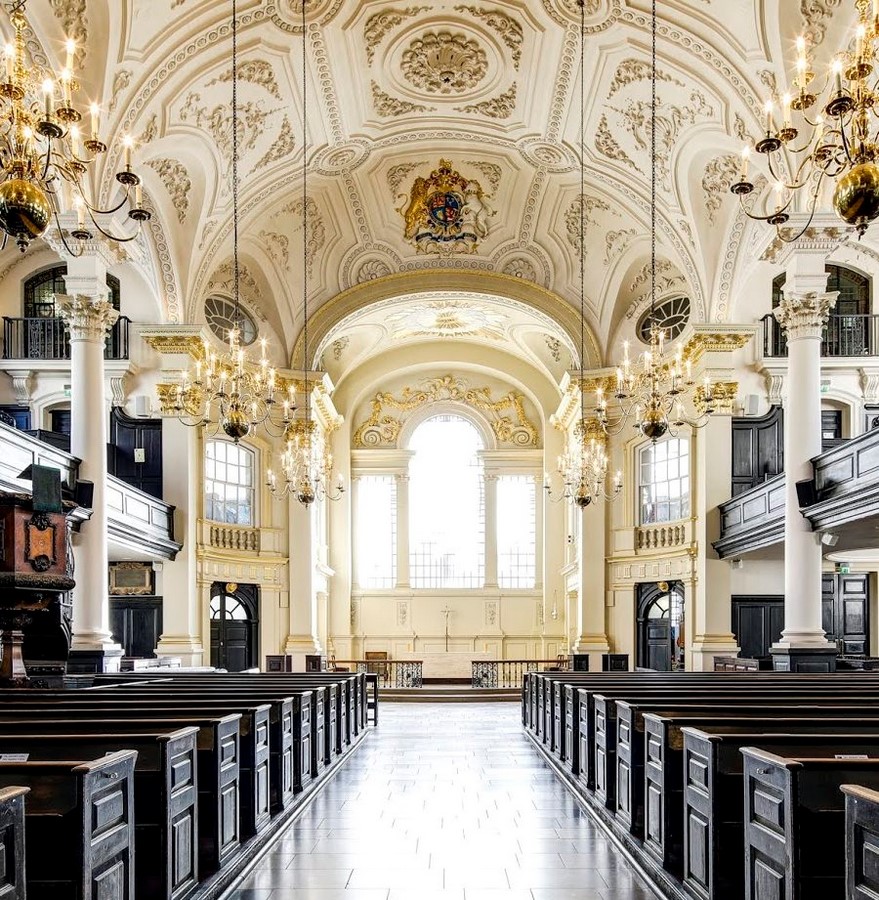
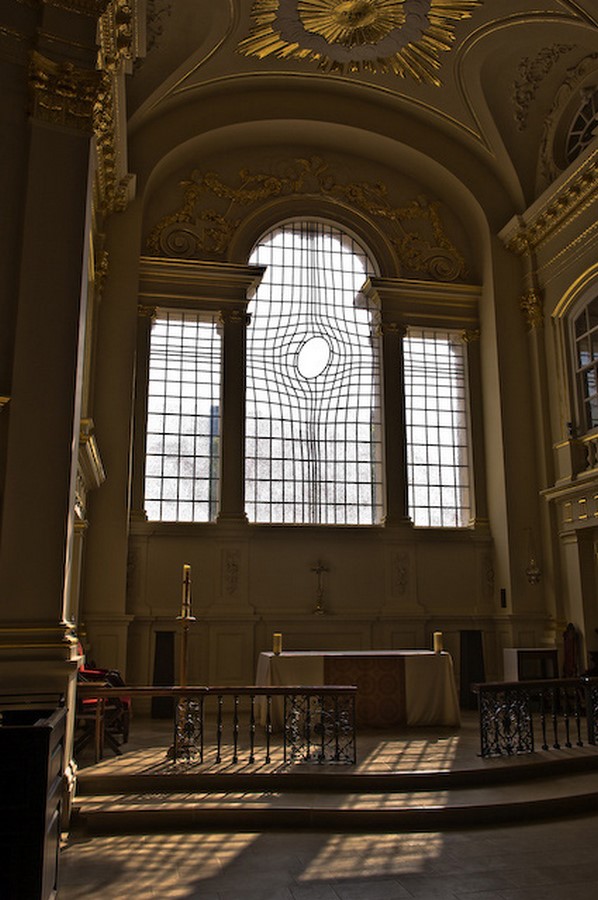
3. Trafalgar Square | UK visit
Established in 1820, the square is one of the most renowned urban spaces in the city bordered by some of the most significant, ornate and majestic frontages that create a magical backdrop to the central stage. The square was built to commemorate the Battle of Trafalgar and Britain’s victory over France and Spain in the Napoleonic wars. The site of the square was formerly known as Charing Cross and contained the elaborate Kings Mews courtyard which subsequently moved to Buckingham Palace.
The 169 ft high Nelson’s column at the centre is guarded by four lion sculptures and creates a central focal point around which several musical events and performances are held during the festive season. A point in the square is regarded as the official centre of London when measuring distances from the city. Dotted with fountains designed by Edwin Lutyens and sculptures, bordered by the National Gallery in the north, the iconic St. Martin in the Fields, High Commissions of South Africa and Canada, and The Mall, leading towards Buckingham Palace via Admiralty Arch, the square is a culturally and politically significant urban space that is known for several historic political demonstrations. The roads running along the periphery collectively form a part of the A4, a major thoroughfare running west to the City of London. Vehicular Traffic is directed in a clockwise motion around the square with two underground station exits controlling the pedestrian movement. Surrounded by book shops, cafes, and restaurants, the roads receive the bulk of the traffic exiting the museum, church and Christmas market in the square.
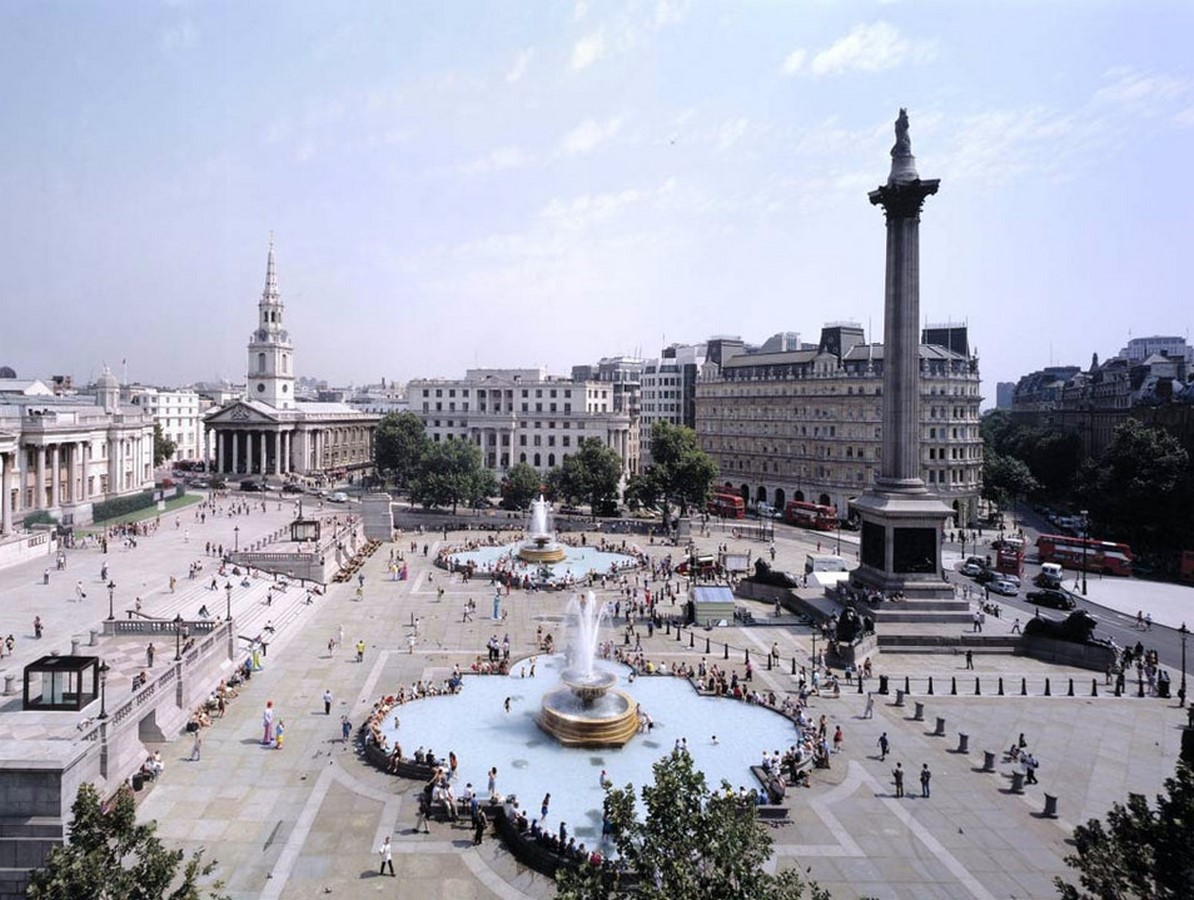
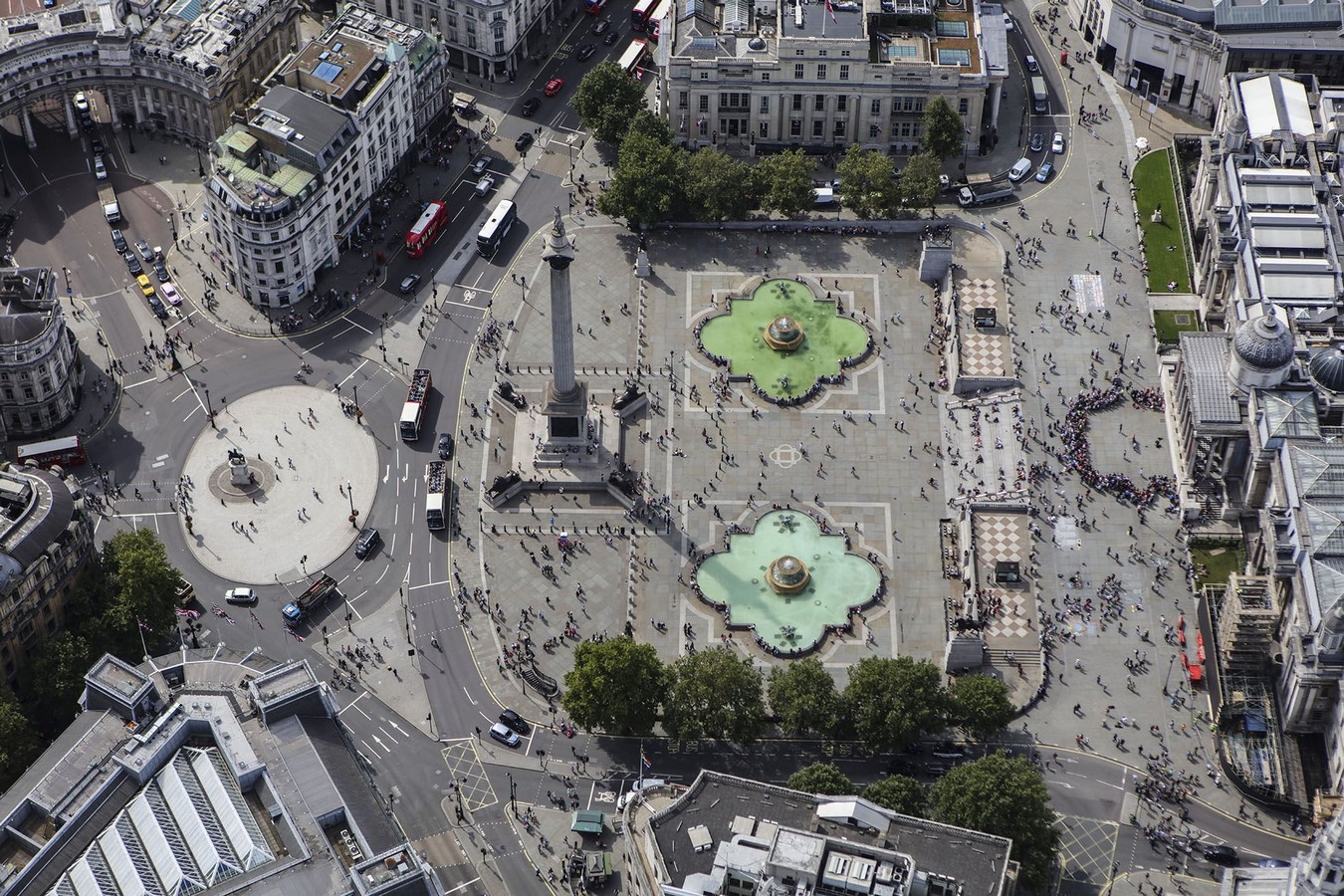
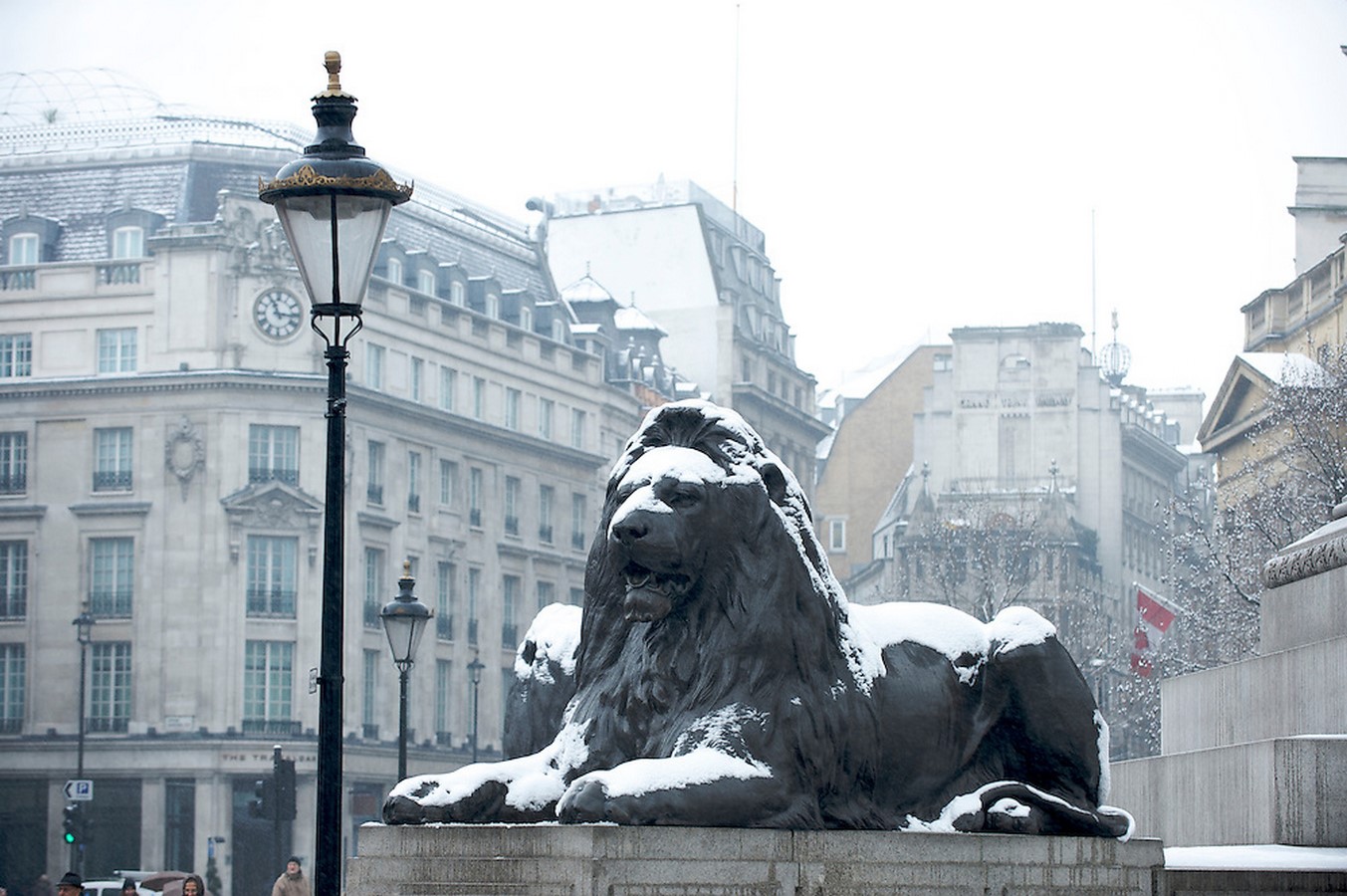
4. Piccadilly Circus (London’s Theatre District)
London’s theatre district West End is bounded by Piccadilly Circus and Trafalgar square on the east and west, and Tottenham Court Road and Covent Garden on the north and south. Piccadilly Circus, the junction between Piccadilly and Regent Street is a popular tourist attraction and public space connecting theatres, shopping arcades and entertainment centres. The junction is surrounded by notable buildings such as the London Pavilion and Criterion Theatre, with The Shaftesbury Memorial Fountain and the statue of Anteros, the Greek God of requited love previously marking the centre. The plaza derives its name from Piccadilly Hall, the house of Robert Baker, a tailor known for making piccadills or Piccadilly, a term used for various kinds of collars and the suffix, the Latin word ‘Circus’ meaning ‘Circle’. The plaza functions as a prominent node characterized by vibrant signages and screens visible from the street. It creates an aura almost akin to the Vegas Strip, albeit with a classical component.
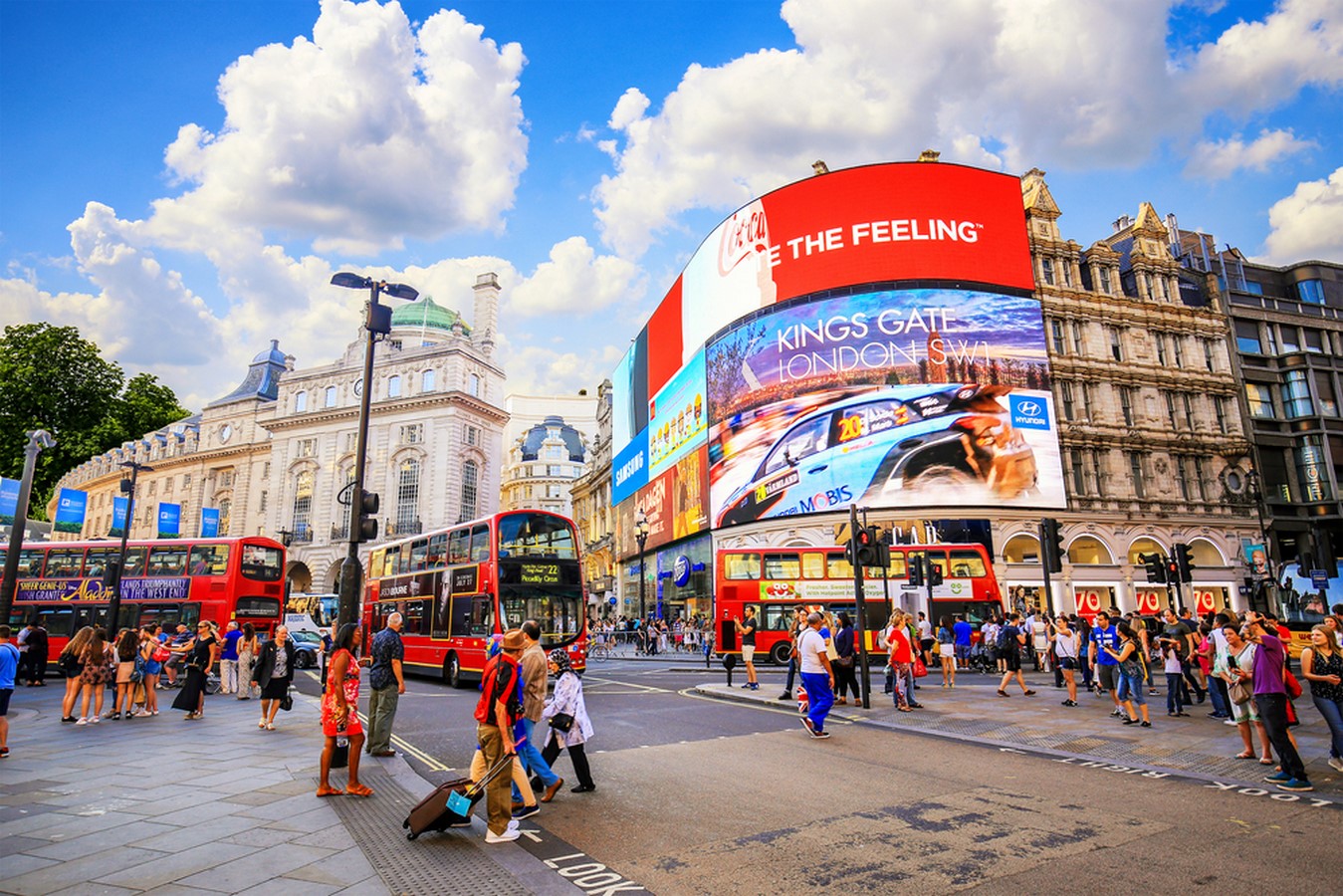
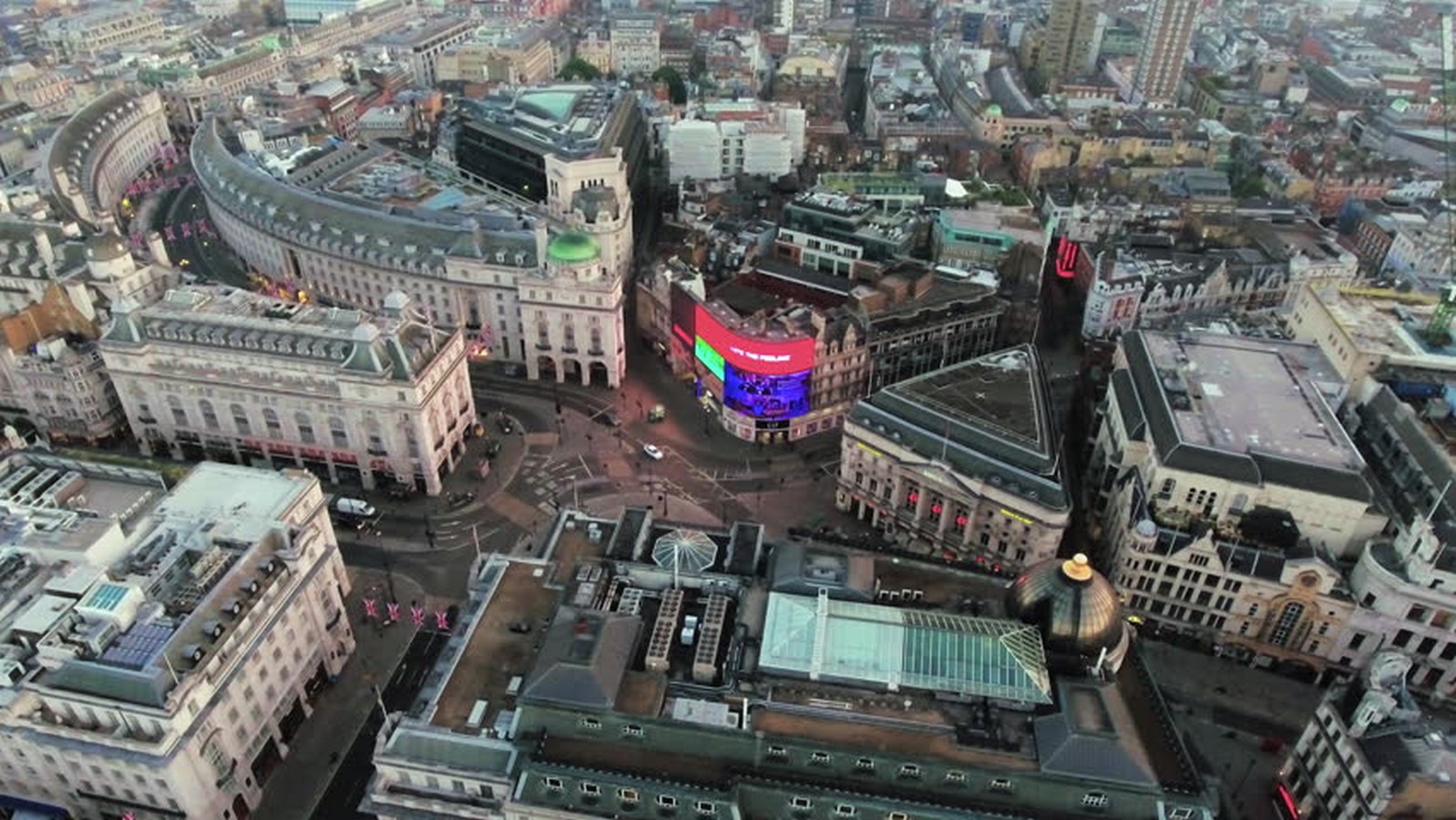

5. Hyde Park | UK visit
The most extensive green space within city limits, lined with historic landmarks leading to Buckingham Palace, Hyde Park is frequented by both Royalty and commoners, with features that embrace humanity irrespective of social class. It is the largest Royal Park in central London forming a chain from the entrance of Kensington Palace through Kensington Gardens, Hyde Park Corner and Green park up to Buckingham Palace. The park was used as a hunting ground by Henry VIII in 1536 when he took the land from Westminster Abbey to establish Hyde Park. In the early years, the park was used for mass public gatherings, the Great Exhibition of 1851, and Royal events including duels. It was opened to the public in 1636 and has gained popularity since as a public ground for parades, demonstrations and musical events. Hyde Park merges with Kensington Gardens in the west. The round pond in Kensington Gardens is home to swans, ducks and other marine life creating a peaceful refuge in the heart of the undulating terrain. With jogging tracks, ice cream shacks and luscious green vegetation, the park accommodates fitness enthusiasts as well as families with young children. The Serpentine Pavilion and gallery are a pitstop for art and design lovers, and the Italian water gardens with fountains and a summer house transform the northern corner of the park into an ethereal landscape. The Park is dotted with several notable statues and memorials such as the Queen’s Anne’s alcove, Diana, Princess of Wales fountain and London’s Holocaust Memorial.
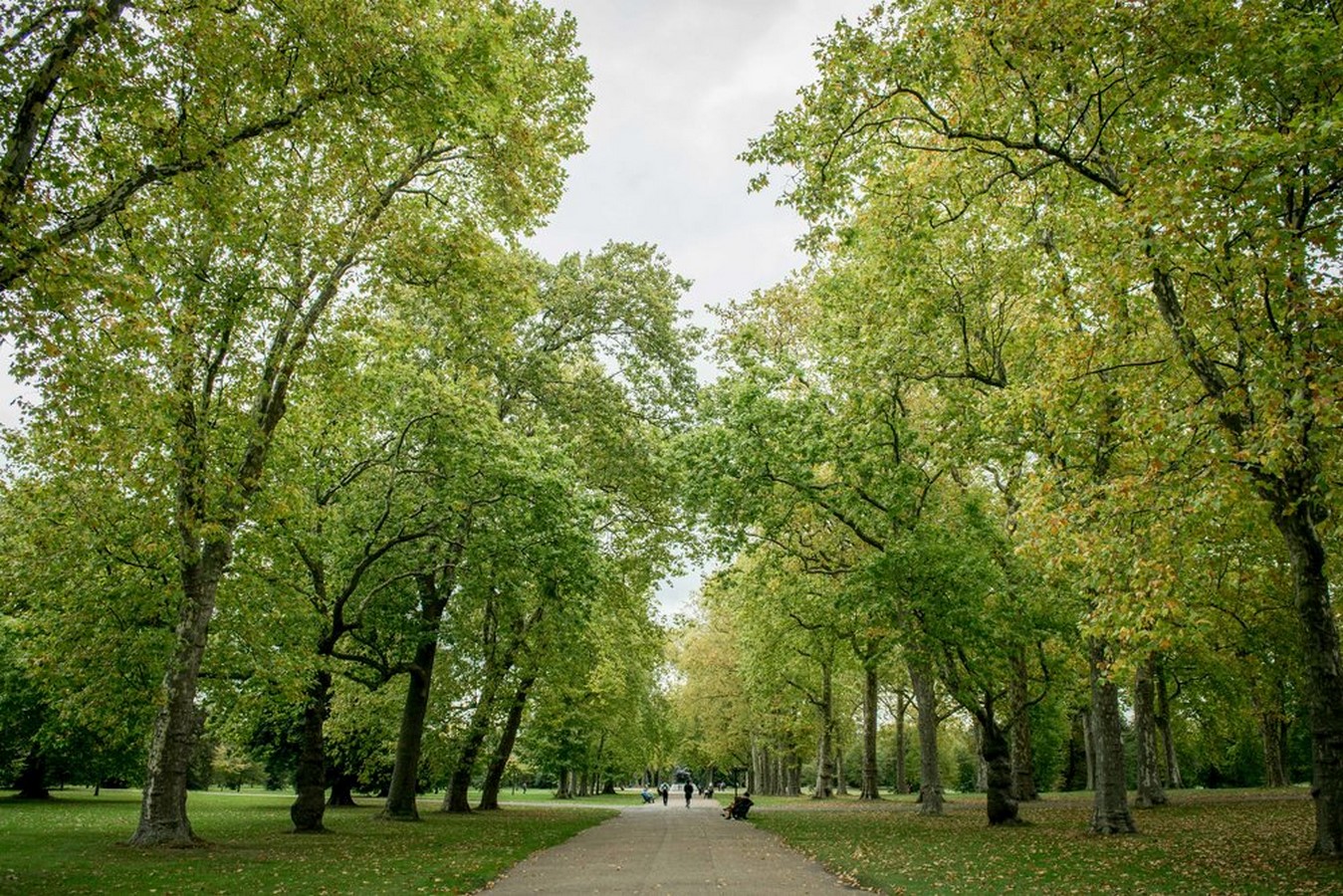
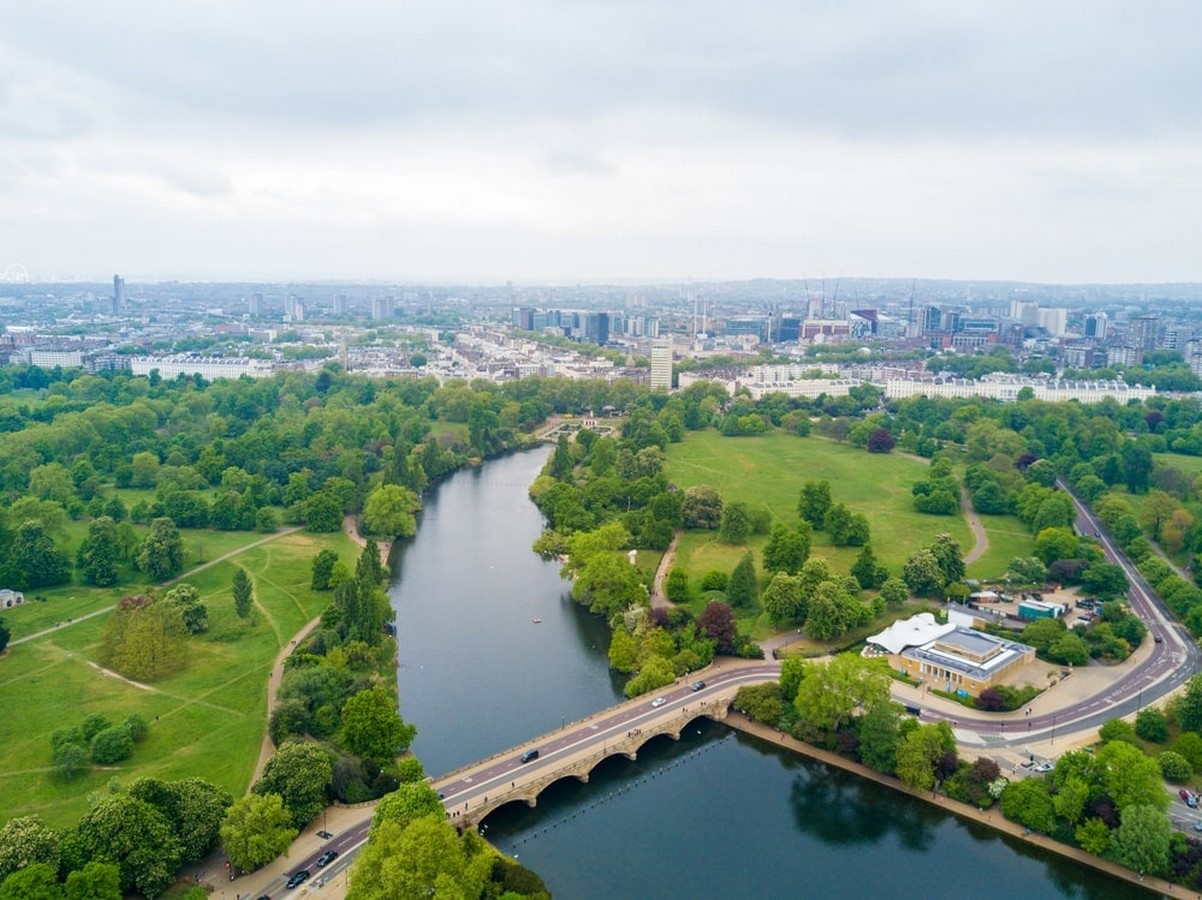

6. The Royal Albert Hall
This distinctive circular house of music built in the Italianate style stands facing Hyde Park gates dominating the frontage of the street. It is crowned by a free-standing wrought iron and glass dome weighing 800 tons. It was designed by Rowland Mason Ordish spanning 800 ft adorned with a large white mosaic of scientists and artists.
The Hall is held in trust for the nation and is managed by a registered charity that receives no government funding. Founded in 1867, it was initially called the Central Hall of Arts and Sciences and was later renamed the Royal Albert Hall of Arts and Sciences by Queen Victoria, in memory of her husband Prince Albert six years after his demise. Most popular for the Proms concerts that have been held every summer since 1941, the Hall hosts leading artists and performers from every genre including classical, pop, rock, ballet, opera. The venue hosts more than 390 shows in the auditorium annually, and another 400 events in non-auditorium spaces.
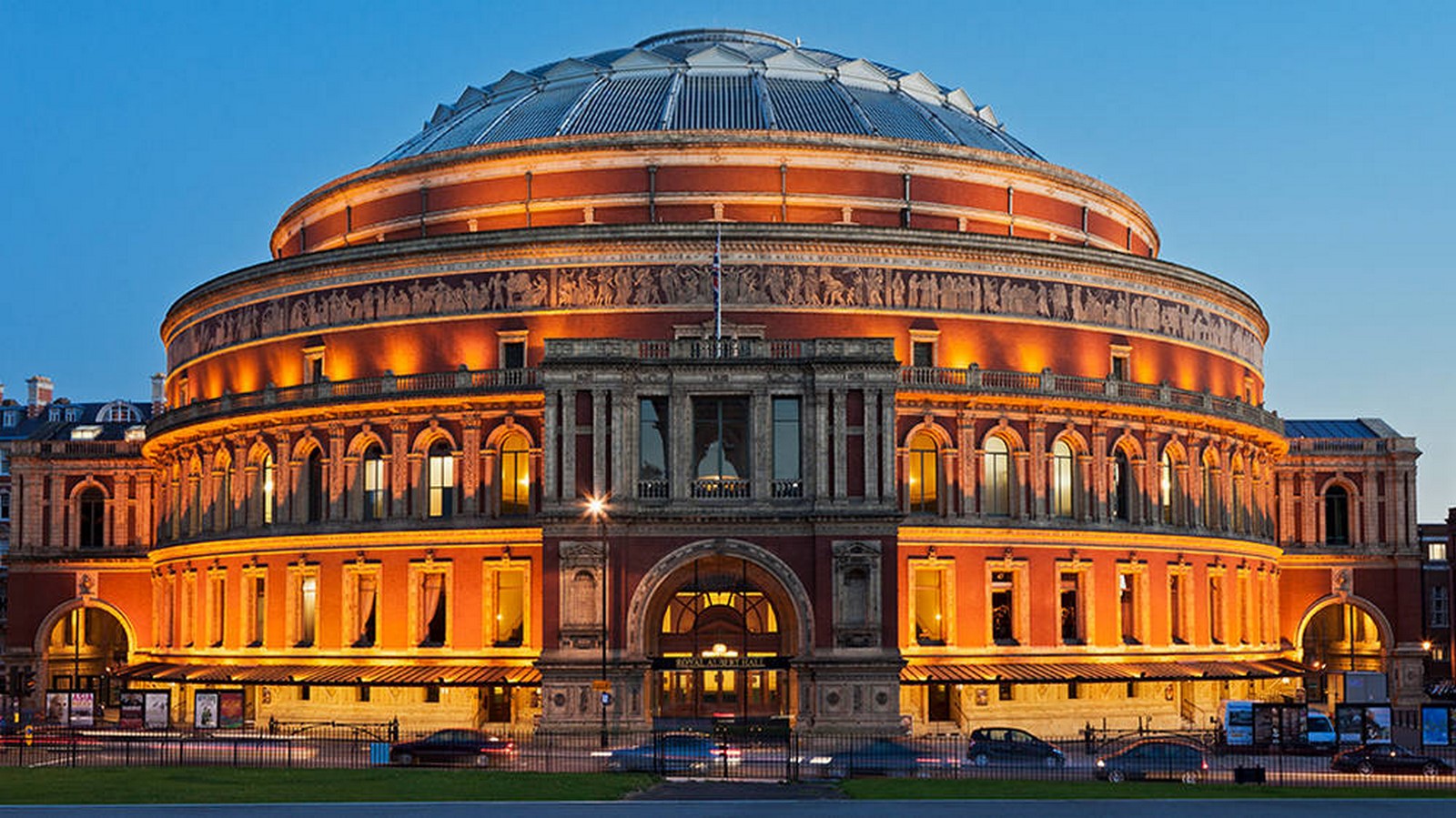
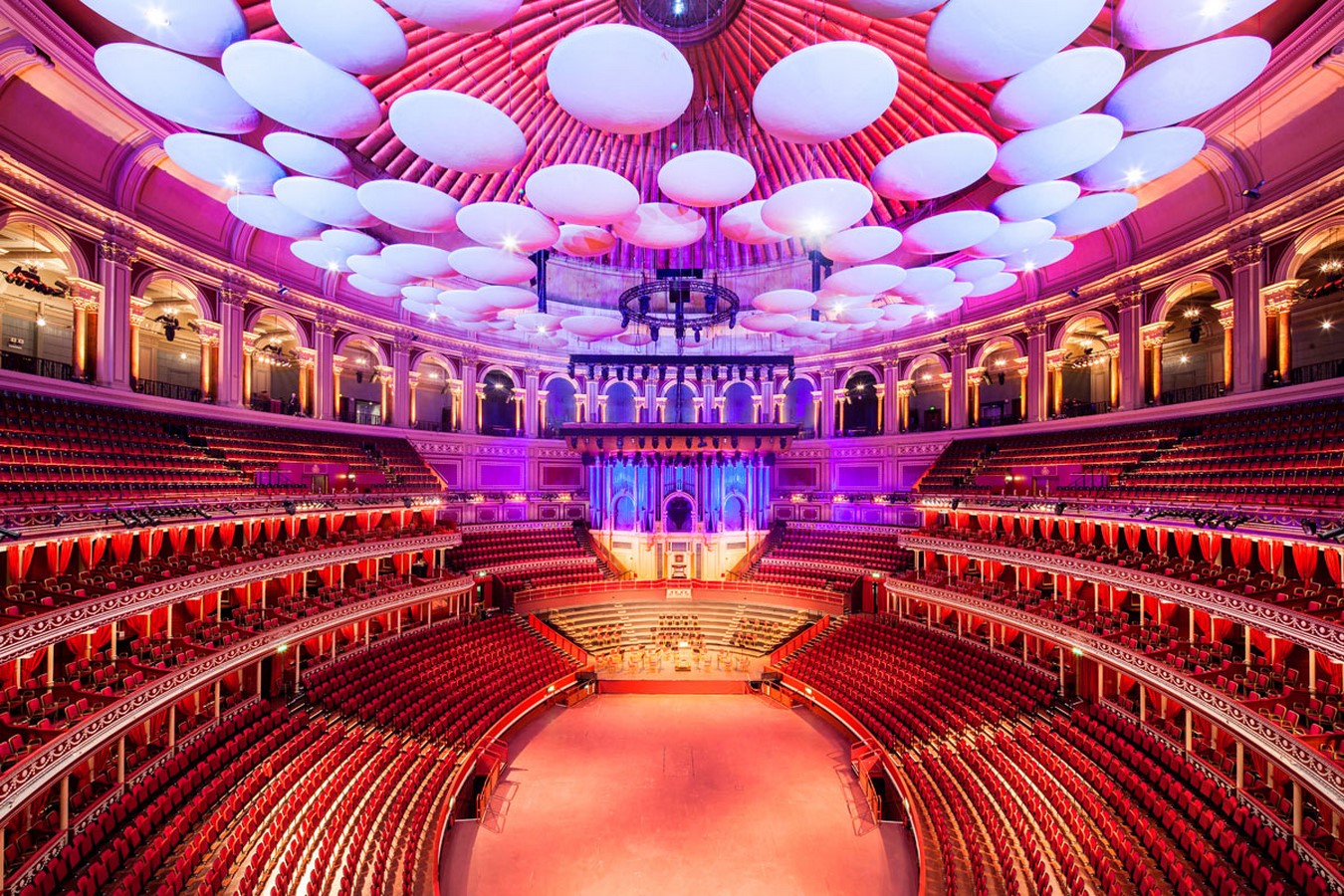
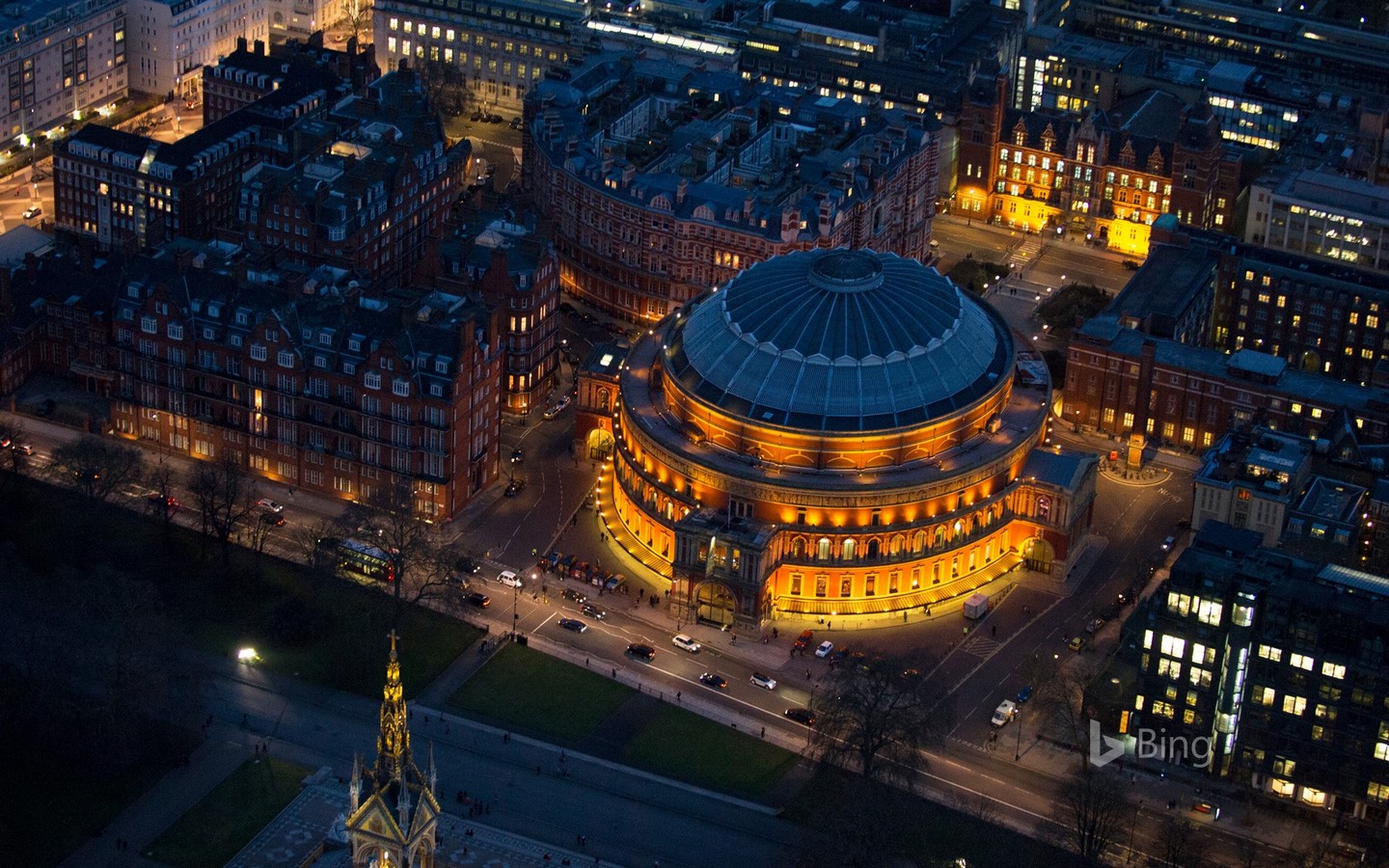
7. The Palace of Westminster
The two houses of Parliament in the UK, The House of Commons and the House of Lords meet at the Palace of Westminster, informally known as the Houses of Parliament. The Palace is situated on the northern bank of the River Thames, in the City of Westminster in London. The structure has been reconstructed by Charles Barry in the Gothic Revival style, inspired by the English Perpendicular Gothic style of the 14-16th centuries. The interiors with rooms arranged around a series of courtyards were designed by Augustus Pugin, an expert on the Gothic style who assisted Charles Barry. The Palace, the seat of government and a singular distinctive element casts its influence along the London skyline adding a vertical dimension with its towers, spires and rhythmic repetitions in its façade.
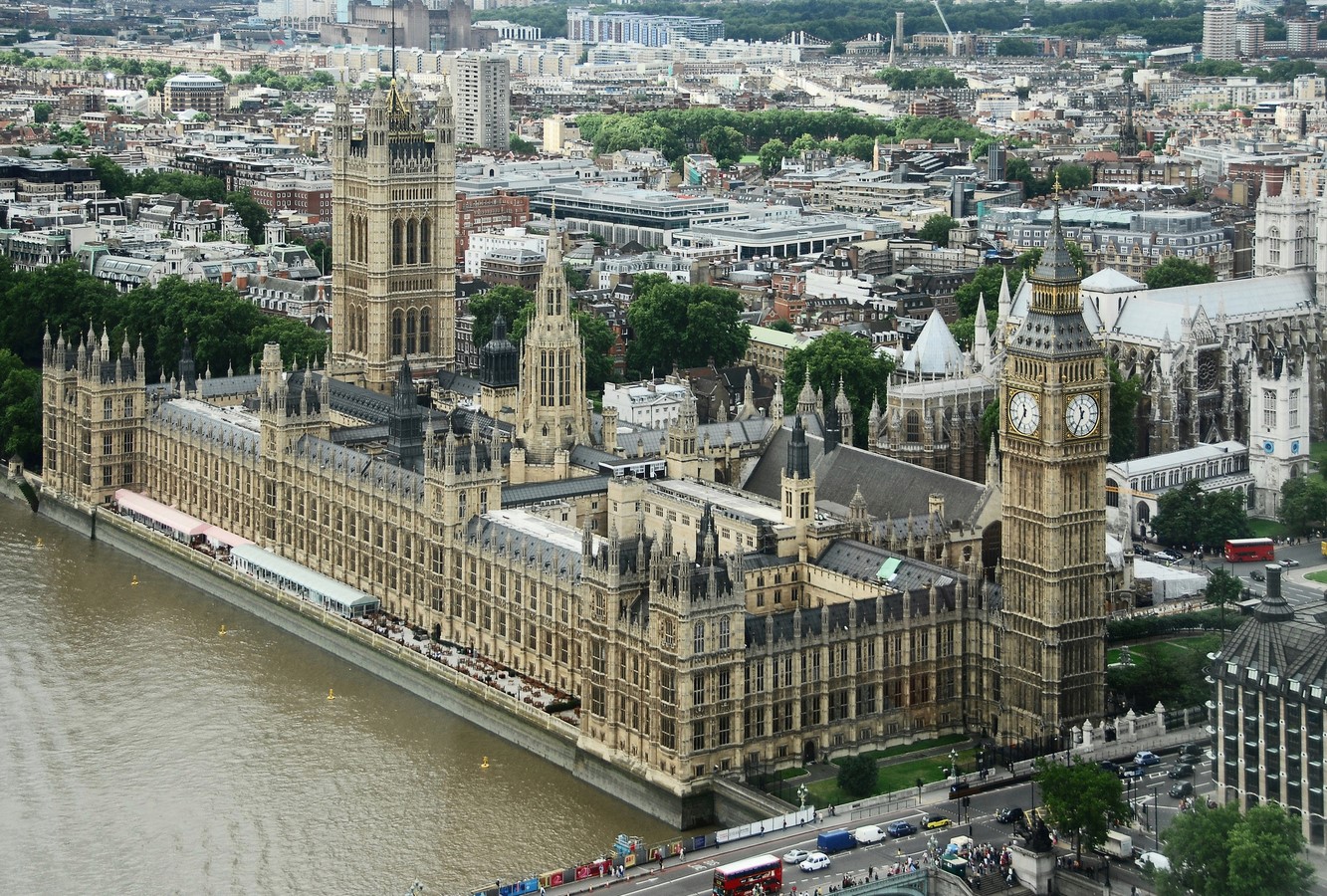
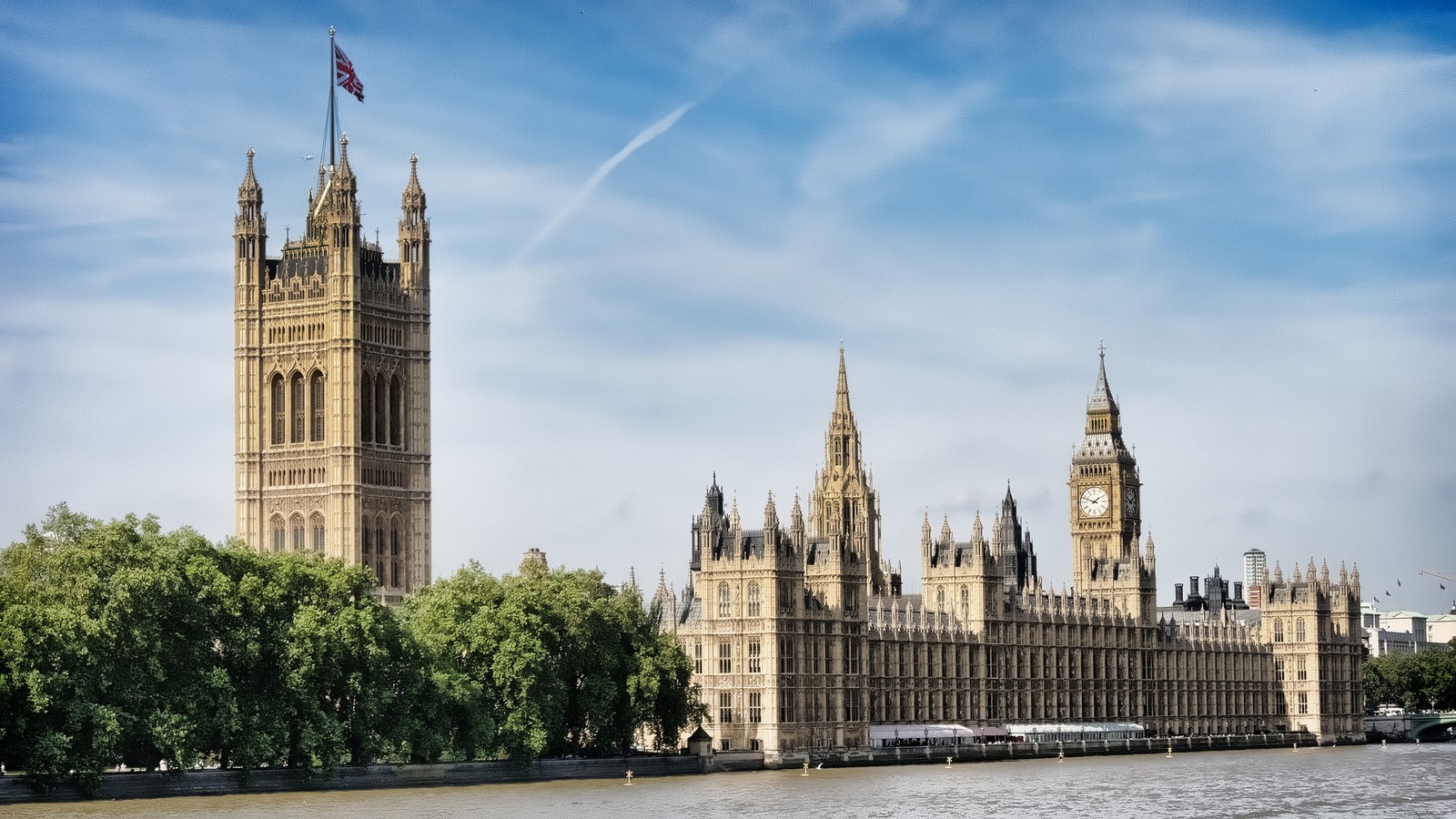
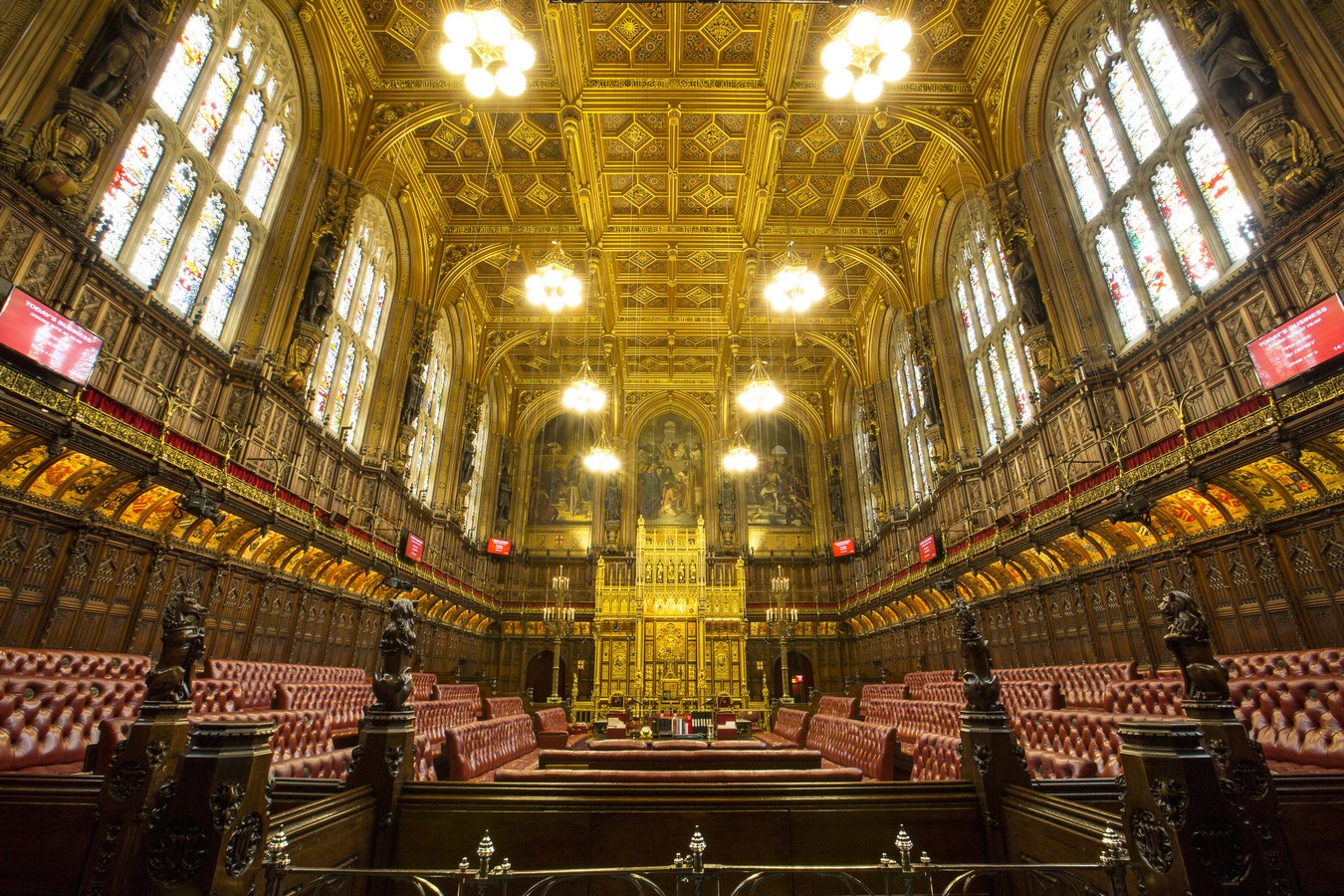
8. The Stables Market, Camden | UK visit
The Camden Markets was built on an existing network of underground tunnels which accommodated horses and pit ponies working in the railways in the 19th century. The network of tunnels and catacombs provided access to the basements of several Victorian warehouses and included an underground pool for boats operating on the Regent’s Canal. The stables were later adapted, renovated and reused as shops in the Camden Lock Market and the Stables Market. The markets sell a wide variety of street foods and merchandise of local and international repute and appeal, attracting small businessmen and visitors from across the globe. The old brick structures are at present customized with false ceilings and interior fittings and fixtures to reflect the character of the brands and products on sale. In addition to thrift shops, restaurants and café’s selling local produce, the venue integrates galleries, exhibitions, and events including music festivals with artists from a range of genres. With boats and barges available to take tourists on boat trips around Primrose Hill and the London Zoo, transporting goods as well as waste, the market place is a one of a kind public gathering venue that integrates closed shops, semi-open cafes and open, pedestrian-friendly, brick laid streets creating a smooth transition between the subterranean spaces – stables and basin, with those above the ground. It is one of the most interesting public spaces in the city and a must-see for both architects and urban designers.
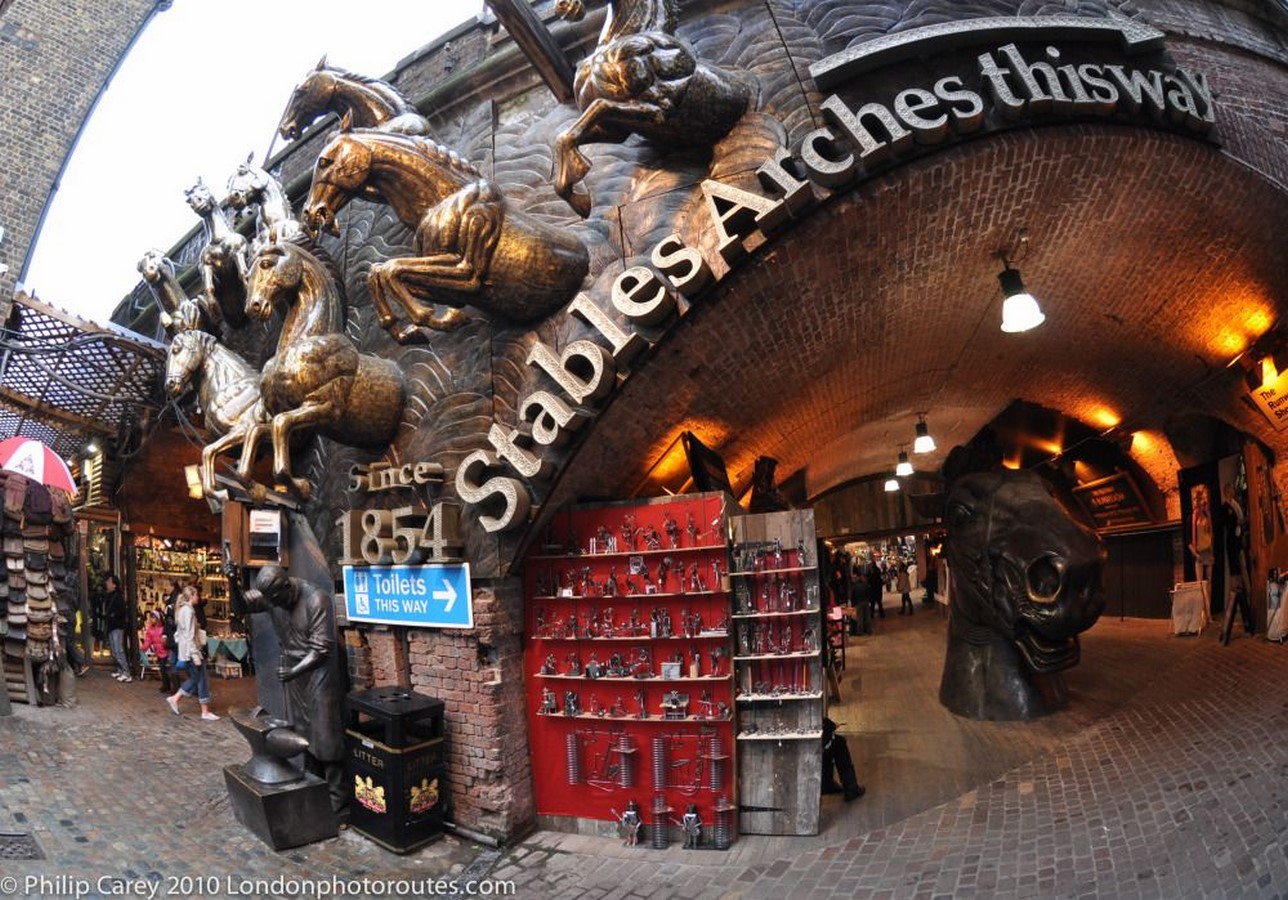
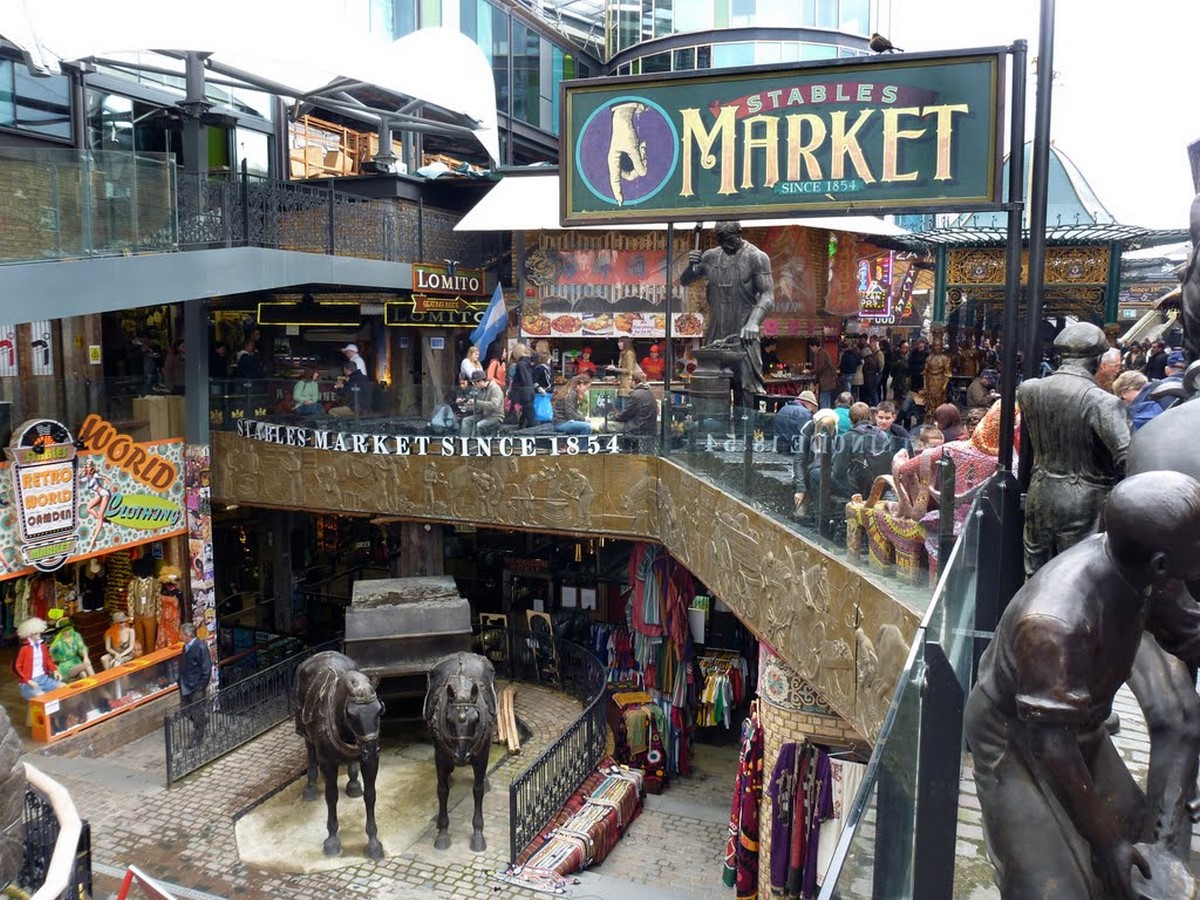
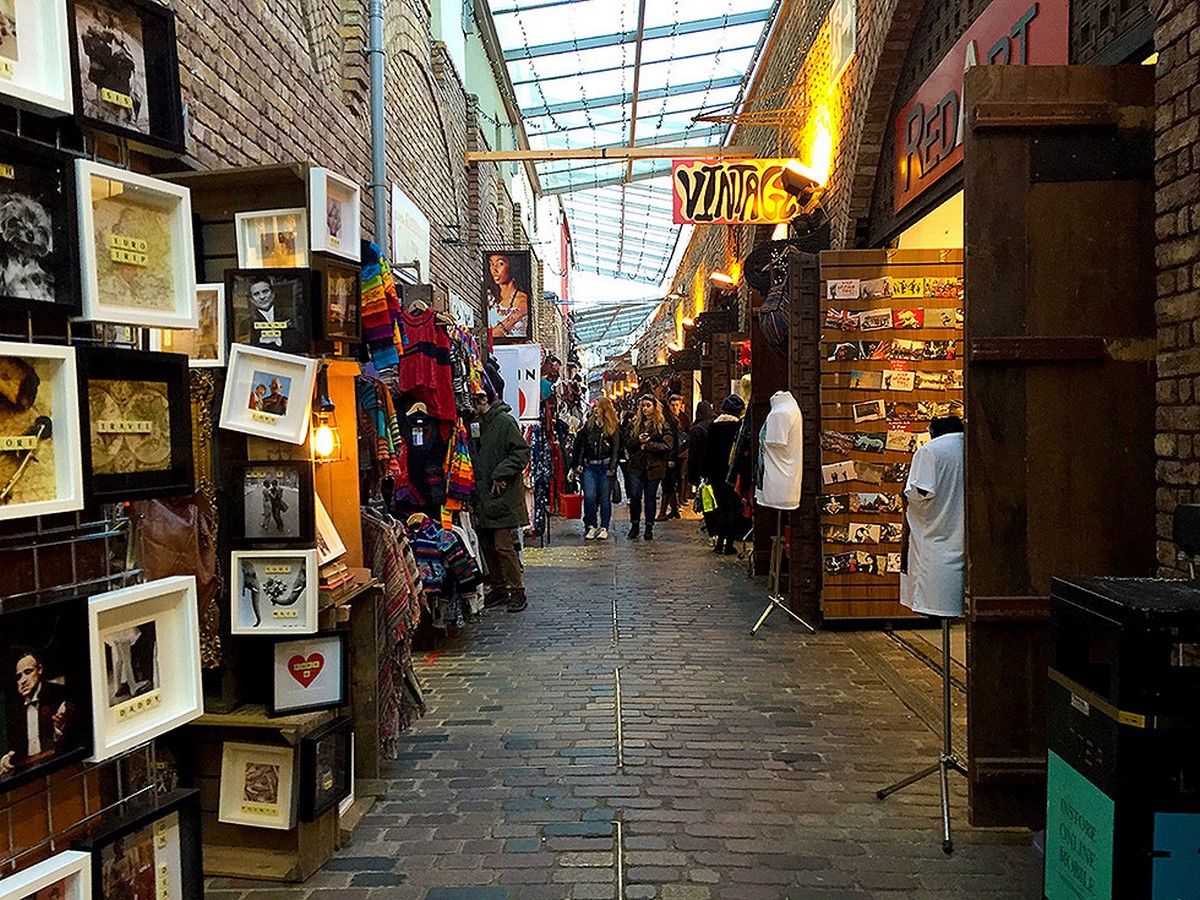
© commons.wikimedia.org/wiki/File:Stables_Market_-_panoramio.jpg
9. The Shard
Designed as the tallest building in Europe by Renzo Piano, the Shard stands at a height of 309.6 meters and is the sixth tallest building in Europe. It represents a spire-like sculpture emerging from the River Thames, a shard of glass that pierces the sky with its unscalable height and ragged edges. Situated in Southwark, it replaced the Southwark Towers, a 24-storey office building built in 1975, with its 72 habitable floors. Amidst historic buildings, it exemplifies contemporary interventionist approaches of renovation and redevelopment active in this part of the city. The facades constructed of angled glass panes were intended to reflect sunlight and the sky enabling the appearance to change with the weather and seasons. The building features 11,000 panes of glass, with a total surface area of 602,779 square feet (56,000.0 m2) equivalent to the area of almost eight Wembley football pitches. Built of post-tensioned concrete, composite floors, load-bearing pillars and tapering structure, the building is energy-efficient and resistant to earthquake and external forces with a sway tolerance of 400mm. The tower offers a panoramic view of London from its open-air viewing gallery and observation deck and is an iconic structure that contributes to the architectural diversity in the city’s skyline.
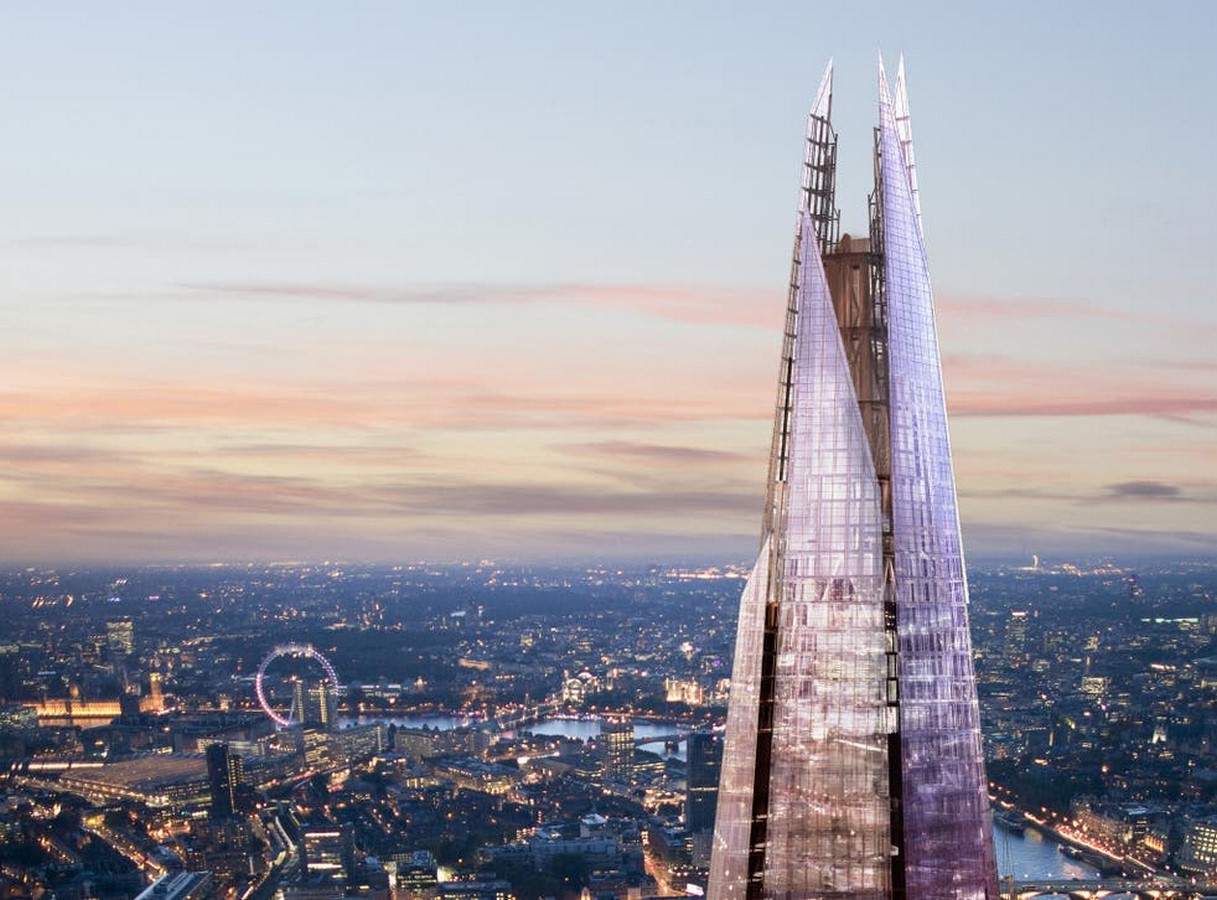

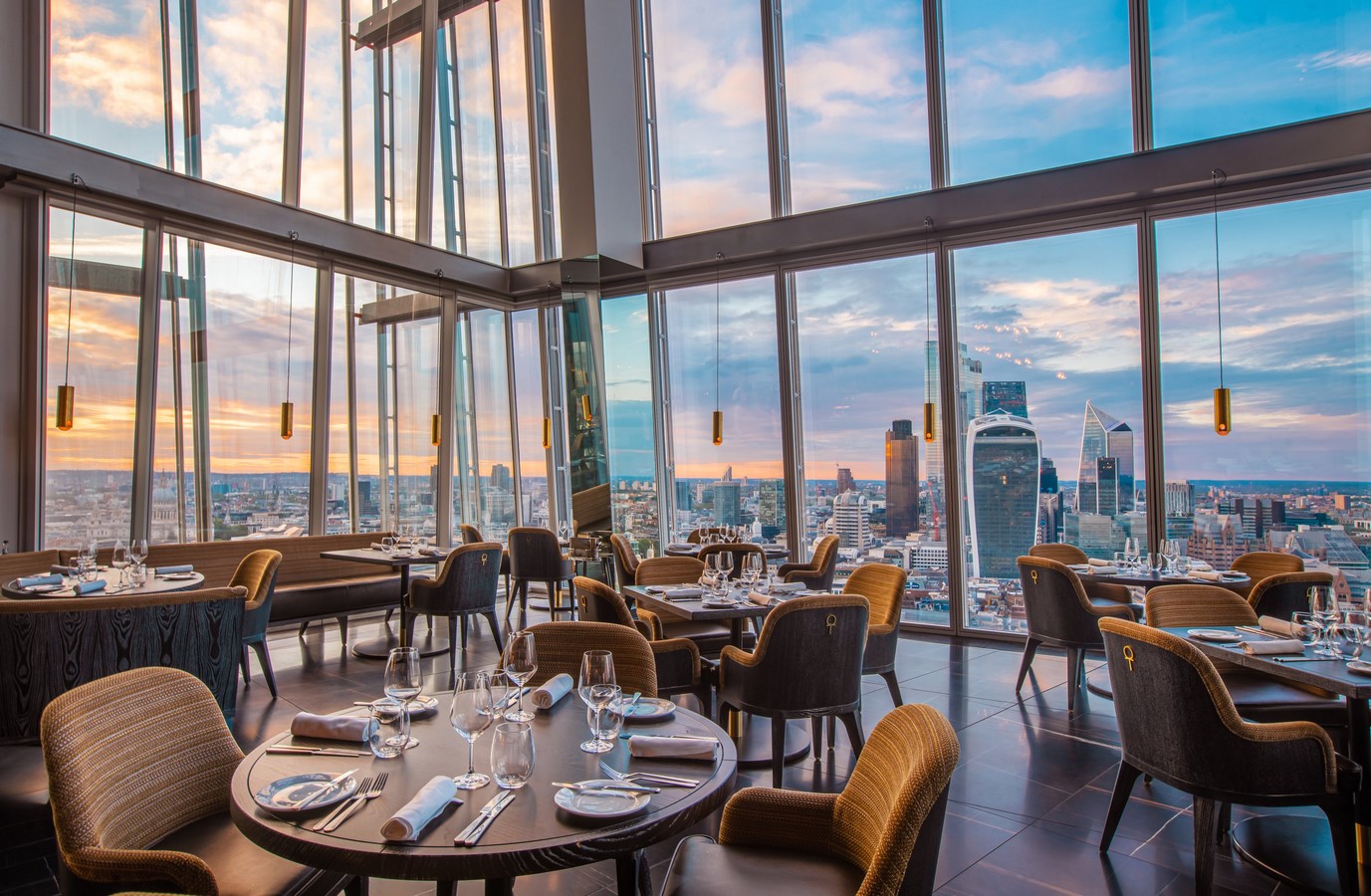
10. St. Paul’s Cathedral | UK visit
The Anglican Cathedral serves as the mother church of the Diocese of London and stood as the tallest building in London till 1963. Situated on Ludgate Hill, the highest point in the City of London, the cathedral is built in place of the original cathedral built in the Gothic style dedicated to Paul, the Apostle in AD 604. The Cathedral itself dates back to the 17th century and is designed in the English Baroque style by Sir Christopher Wren to whom most of London’s rebuilt churches can be attributed. The construction of the Cathedral was part of a major rebuilding program undertaken to post the Great Fire of London that destroyed a substantial portion of the city’s built heritage. The church displays a pronounced longitudinal plan with strong transepts. The octagonal lantern tower crowns the dome which spans the aisles and the central nave. The dome rises to 365 ft and is supported on a continuous colonnade with a defined clerestory. Inspired from St. Peter’s Basilica in Rome, is the most characteristic feature of the building distinguishing it from the rest of the buildings defining the skyline of London. With the largest crypt in Europe under the entire building, St. Paul’s Cathedral is a testimony of Wren’s ingenuity and contribution to the architectural heritage of the city.
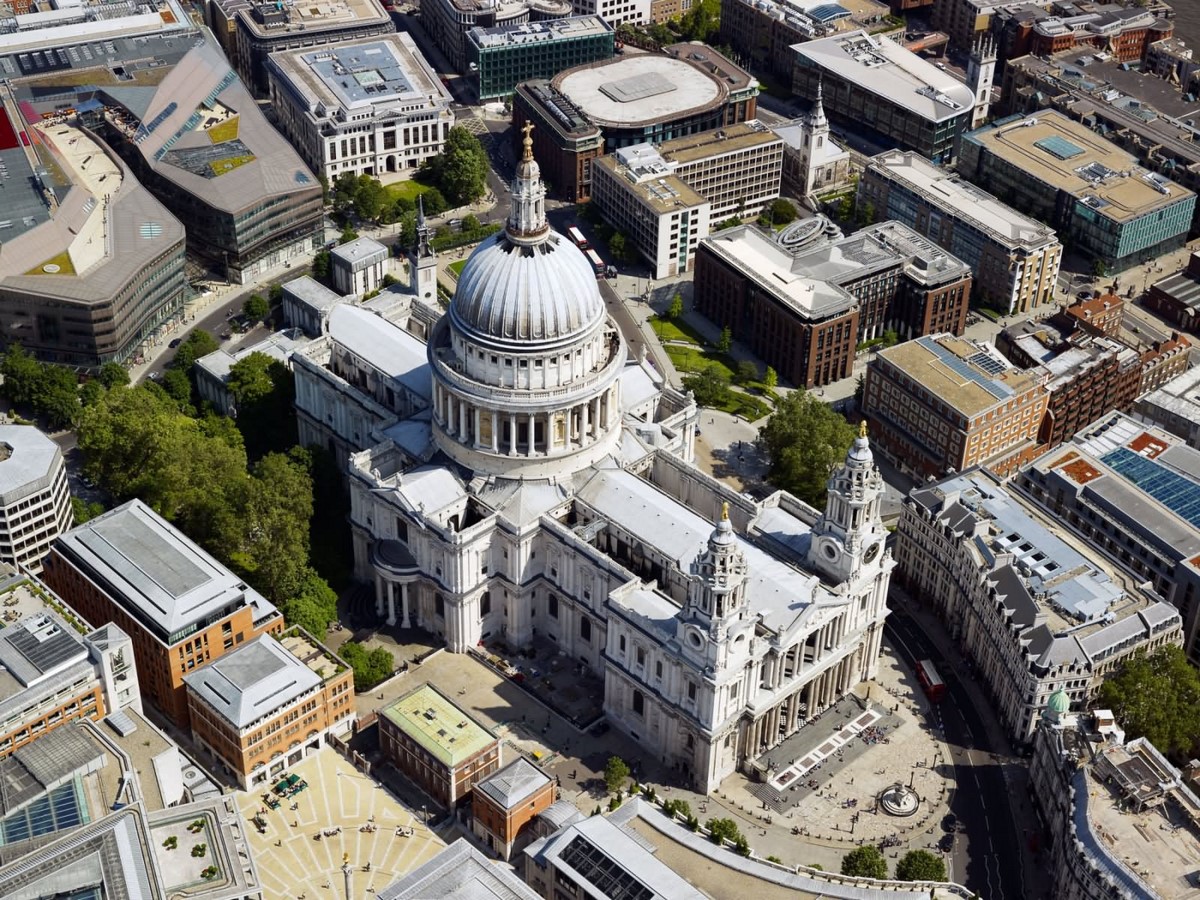
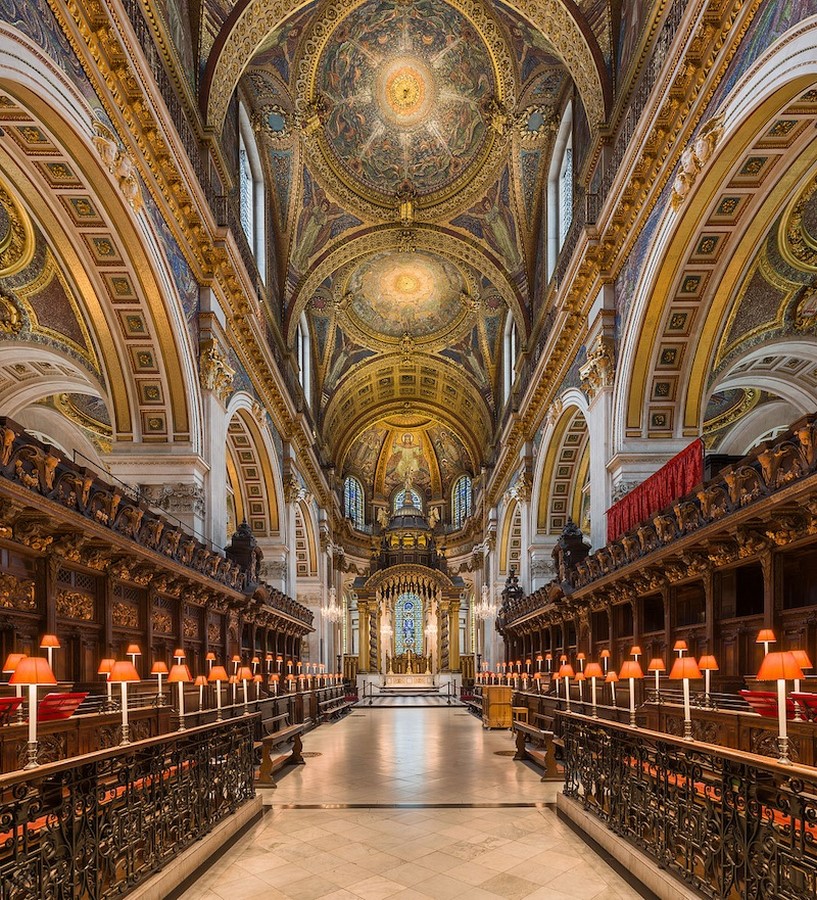
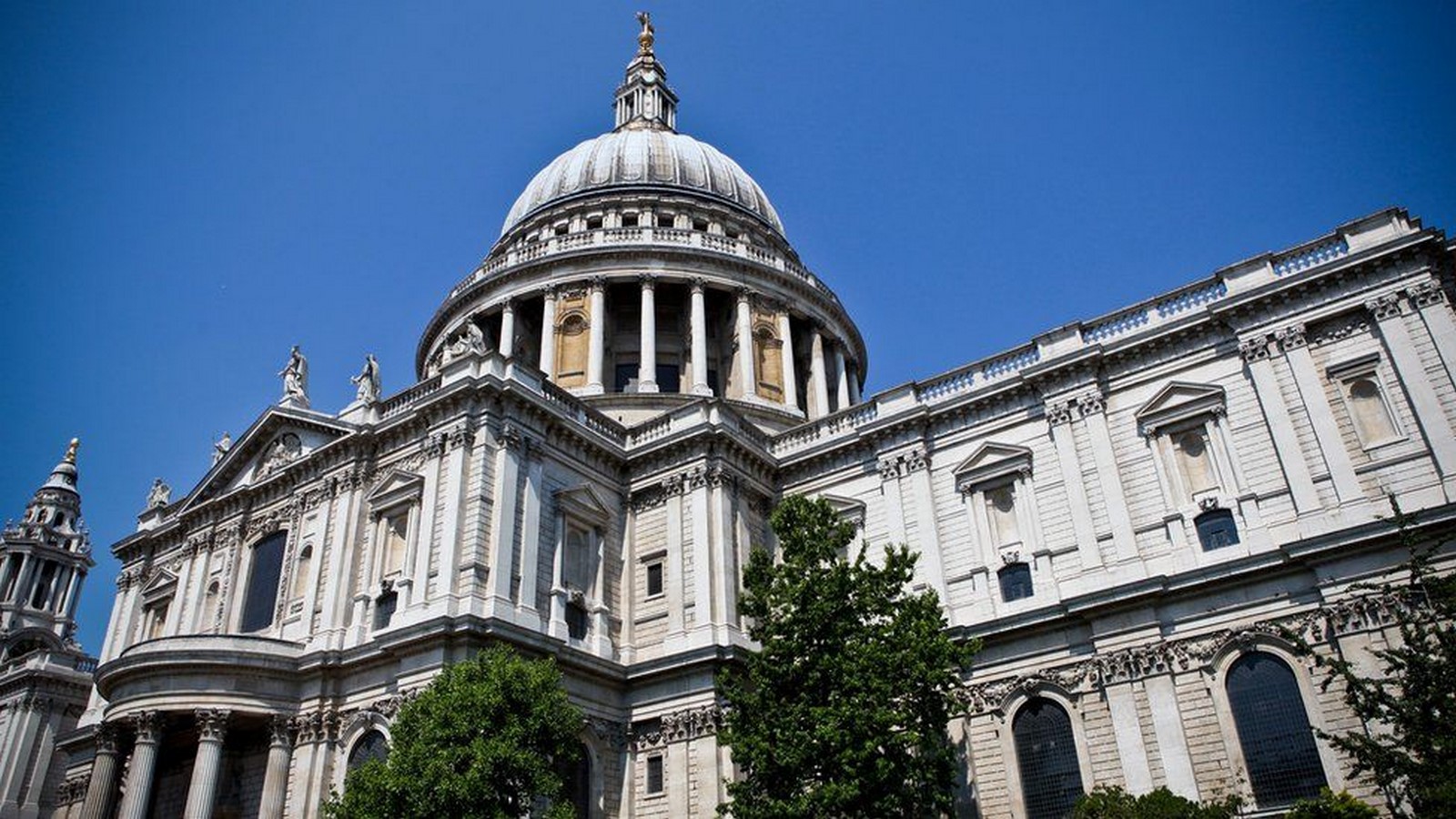
© www.askideas.com/40-incredible-st-pauls-cathedral-london-photos-and-images/




